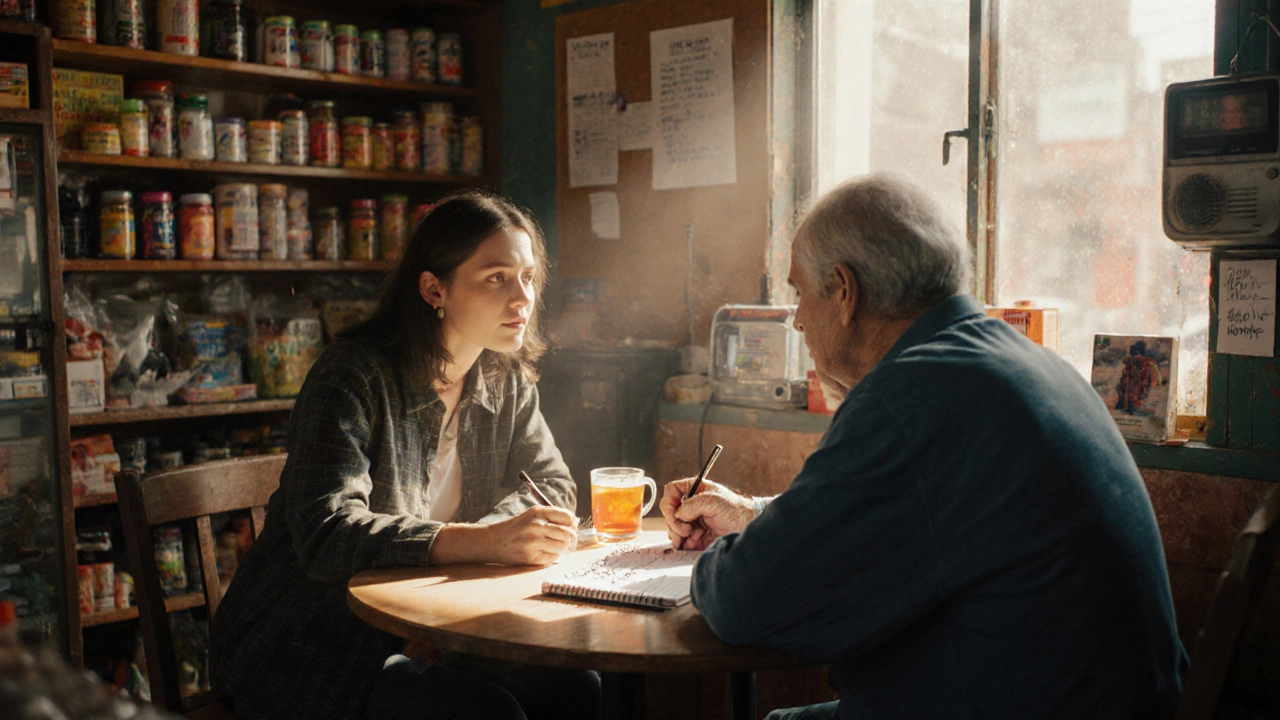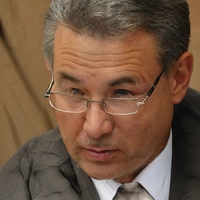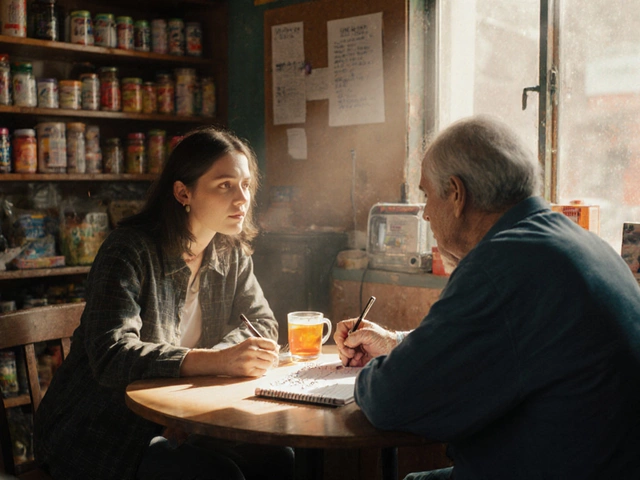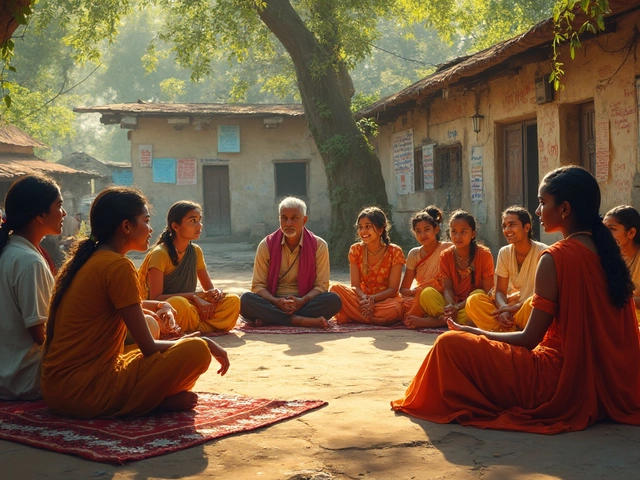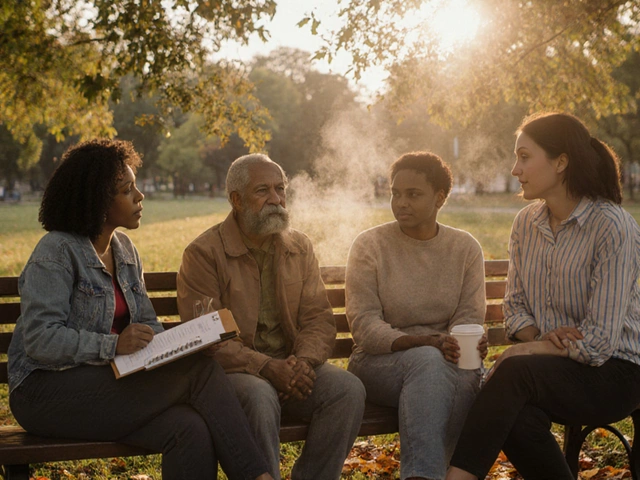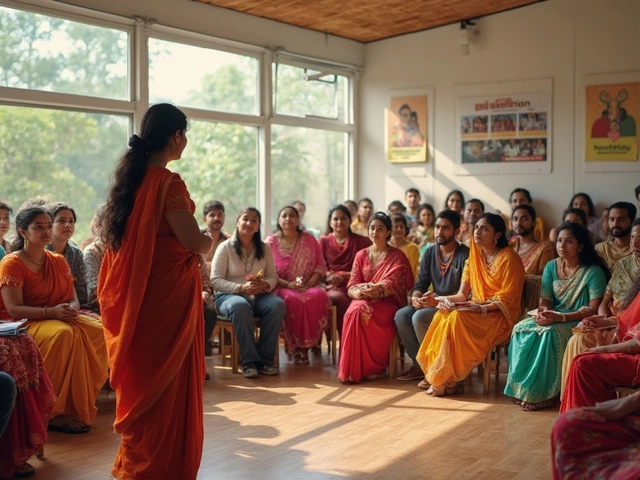Building a strong community outreach plan isn’t about handing out flyers or hosting one-off events. It’s about creating lasting connections that actually change things-whether that’s getting more kids into after-school programs, reducing food insecurity, or helping seniors stay connected. If you’re trying to make a real impact, you need a plan that’s clear, realistic, and rooted in what your community actually needs.
Start by listening, not talking
Before you draft a single slide or send your first email, sit down with the people you want to reach. Go to local churches, community centers, schools, and even corner stores. Ask open-ended questions: What’s the biggest challenge you’re facing right now? What kind of help would make your life easier? Who do you trust when you need support? Don’t assume you know the answers. A 2024 study by the National Community Engagement Network found that 72% of successful outreach programs started with direct feedback from residents-not internal brainstorming sessions. If you skip this step, you risk spending months organizing events no one wants to attend.Define your goal clearly
A vague goal like “increase awareness” won’t move the needle. You need something specific, measurable, and time-bound. For example:- Enroll 150 low-income families in free nutrition classes by December 31
- Recruit 50 volunteers for monthly home visits to isolated seniors by next spring
- Reduce youth vandalism in Oakwood Park by 40% through a summer mentorship program
Know who you’re talking to
Not everyone in your community is the same. A plan that works for teens won’t work for elderly residents. Break your audience into clear groups:- Parents with young children
- Unemployed adults looking for job training
- Immigrant families needing language support
- Seniors living alone
Build partnerships, not just programs
You don’t have to do everything alone. Look for local organizations already doing similar work: the library, the YMCA, faith groups, small businesses, even local police precincts. Reach out with a simple question: What are you already doing that we could help with? Partnerships multiply your reach. For example, if you’re running a literacy program, team up with the public library to host story hours. If you’re offering job readiness training, partner with a local auto shop to provide hands-on workshops. These connections give you credibility, shared resources, and access to their networks.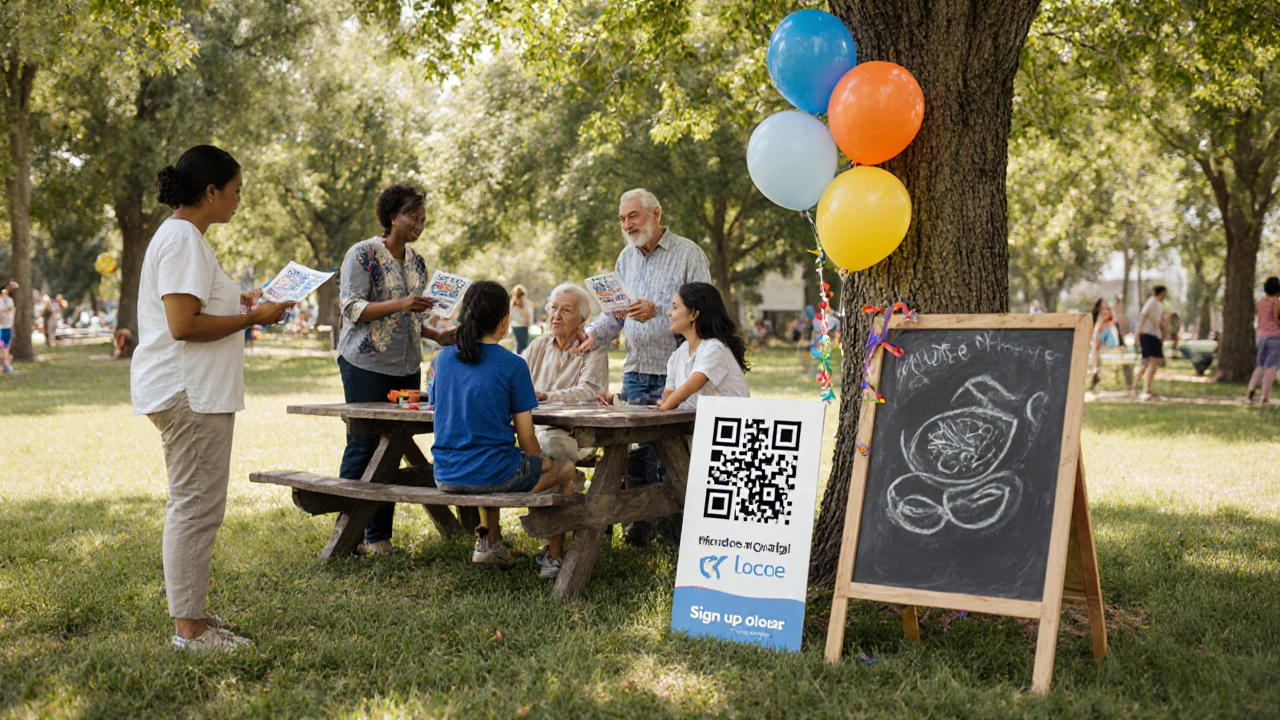
Choose the right tools and channels
Your outreach channels should match your audience, not your preferences. If your target group doesn’t use Instagram, don’t waste time making flashy posts. Focus on what works:- Door-to-door visits - Best for seniors, low-income families, and non-English speakers
- Local radio ads - Effective in rural areas and among older demographics
- Text message alerts - High open rates for event reminders and urgent updates
- Community bulletin boards - Still powerful in apartment complexes, laundromats, and grocery stores
- Word-of-mouth ambassadors - Train trusted community members to spread the word
Design simple, clear messaging
Your message should answer three questions in under 10 seconds:- What’s this for?
- Why should I care?
- What do I do next?
Train your team-everyone counts
Volunteers, staff, and even interns need training-not just on what to say, but how to listen. Role-play difficult conversations. Practice responding to skepticism. Teach them to say, “That’s a good point. Can you tell me more?” instead of jumping to defend the program. Make sure everyone knows the goal, the key message, and the next step. Give them easy-to-use tools: QR codes that link to sign-up pages, printed one-pagers with contact info, and a simple script for door-knocking.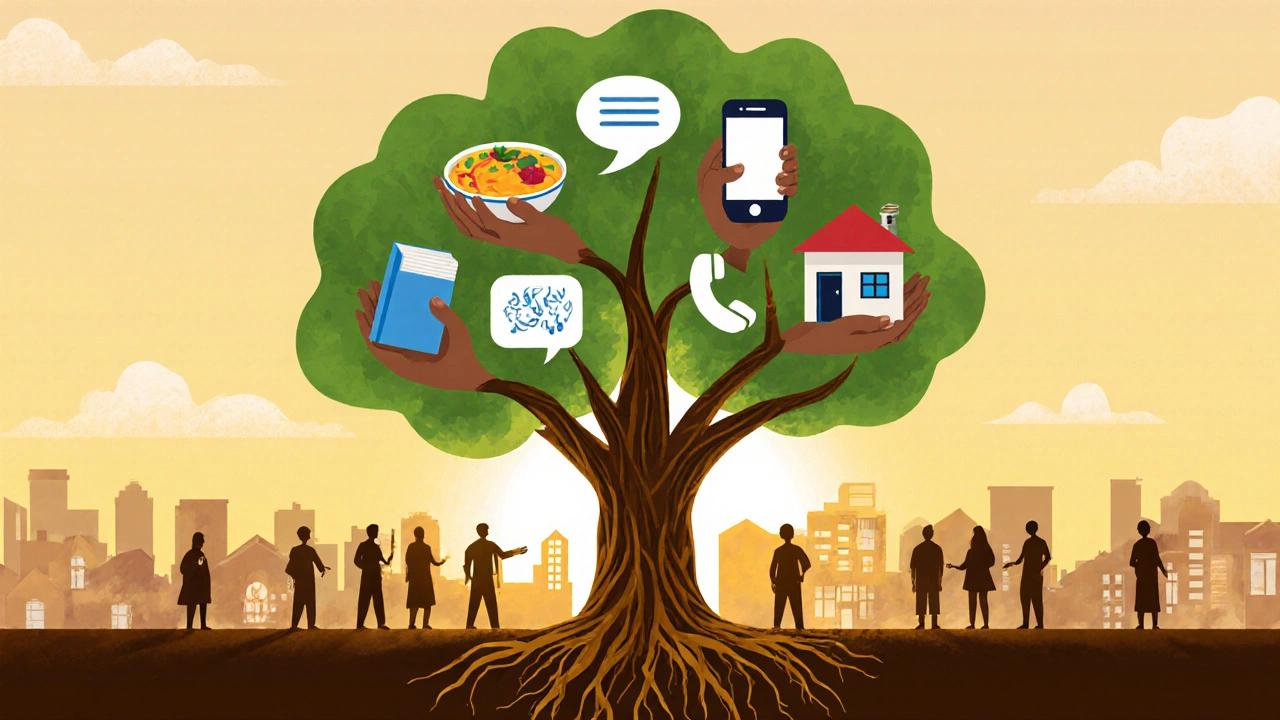
Test, track, and tweak
Your first outreach attempt won’t be perfect-and that’s okay. Track what’s working:- How many people showed up to your event?
- How many signed up after receiving a text?
- Which flyer got the most calls?
Keep going-even when it’s slow
Community outreach isn’t a sprint. It’s a slow build. Trust takes time. People need to see you show up week after week, rain or shine. One nonprofit in Detroit spent 18 months just visiting the same block every Saturday, handing out water and asking questions. They didn’t launch a single program until residents started asking them what they could do next. Stay consistent. Celebrate small wins. A single family signing up. One volunteer showing up for the first time. These are the seeds of real change.What happens after the plan is done?
Your outreach plan isn’t a one-time document. It’s a living guide. Revisit it every 90 days. Update your goals. Add new partners. Drop what’s not working. Keep listening. The community changes-and your plan should change with it.How long should a community outreach plan take to implement?
There’s no fixed timeline, but most effective outreach plans take 3 to 6 months to fully roll out. The first 30 days should focus on listening and research. Months 2-4 are for testing small pilots-like one event or one channel. By month 5, you’re refining and expanding based on what worked. Rushing leads to wasted effort. Patience builds trust.
Do I need a big budget to run a successful outreach plan?
No. Many of the most successful outreach efforts cost very little. Door-to-door visits, community bulletin boards, and word-of-mouth through trusted leaders cost almost nothing. What you need is time, consistency, and good relationships-not expensive ads or glossy brochures. A $500 budget spent on translated flyers and local radio ads can outperform a $5,000 campaign on social media if it reaches the right people.
What if people are skeptical or hostile?
Skepticism is normal, especially in communities that have been let down before. Don’t argue. Listen. Say, “I hear you. Why do you feel that way?” Often, the real issue isn’t your program-it’s past experiences with other organizations. Build credibility slowly. Show up without asking for anything. Bring coffee to a neighborhood meeting. Help fix a broken bench. Actions speak louder than promises.
How do I measure success if I don’t get many sign-ups?
Success isn’t just about numbers. Did you build a new relationship with the local food bank? Did a resident start bringing friends to your events? Did a local business offer to donate space? These are wins. Track engagement, not just enrollment. A single trusted connection can lead to 10 more down the road. Keep a journal of every positive interaction-it adds up.
Can I reuse an outreach plan from another community?
You can borrow ideas, but not the whole plan. Every community has different needs, cultures, and leaders. What worked in Portland might fail in rural Mississippi. Use other plans as inspiration-not templates. Always start with local listening. Copying someone else’s plan without adapting it is like wearing someone else’s shoes-they won’t fit, and you’ll end up limping.
